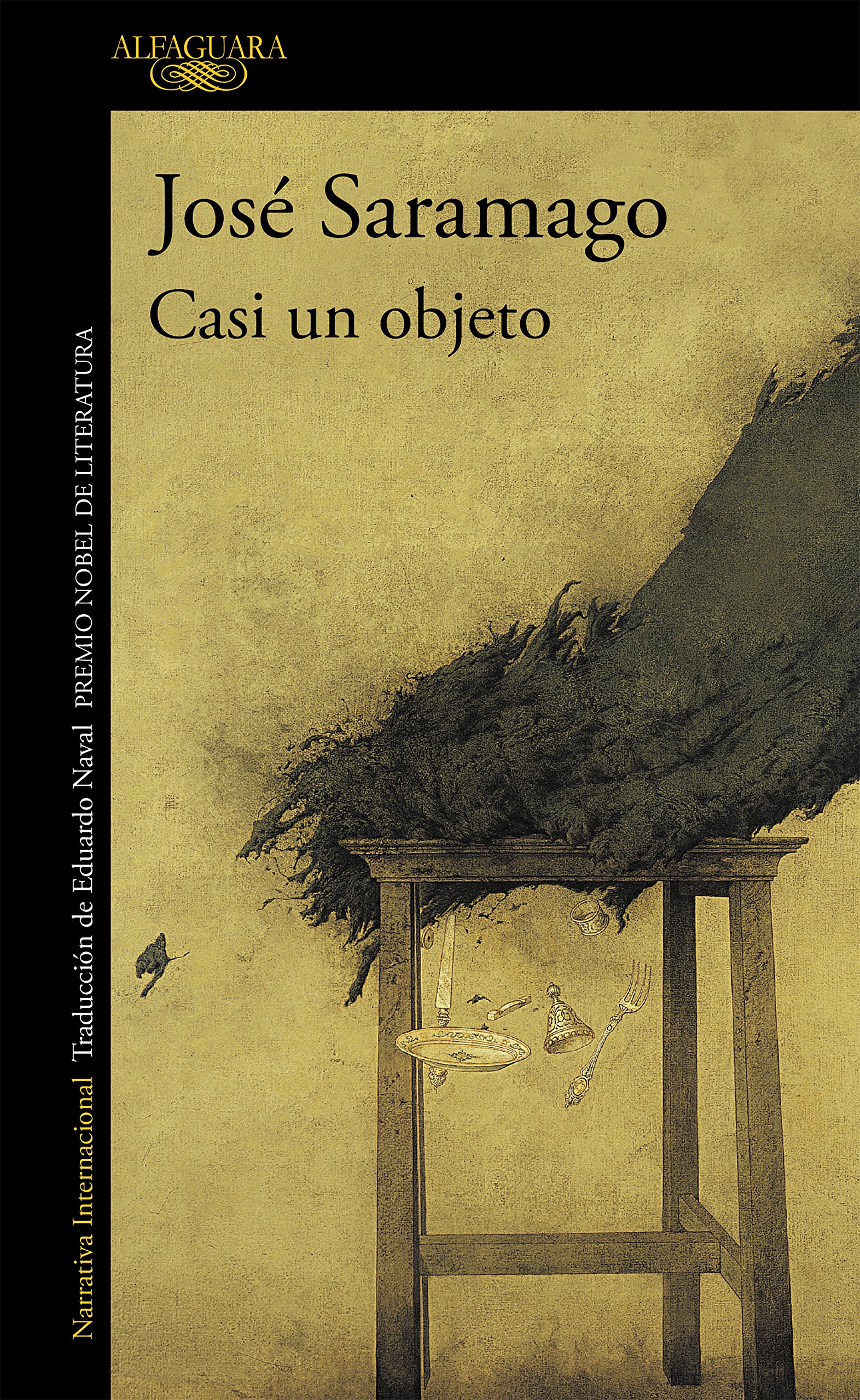What do you think?
Rate this book


187 pages, Paperback
First published January 1, 1978
If they were to say the same thing, if they were to group together through affinity of structure and origin, then life would be much simpler, by means of successive reduction, down to onomatopoeia which is not simple either, and so on and so forth, probably to silence, to what we might term the general synonym or omnivalent. It is not even onomatopoeia, or cannot be formed from this articulated sound (since the human voice doe not have pure, unarticulated sounds, except perhaps in singing, and even then one would have to listen up close) formed in the throat of the person who is toppling or falling although no star, both words with heraldic echoes, which now describe anything which is about to come to pieces, therefor it did not sound right to join the parallel ending to this verb, which would settle the choice and complete the circle. Thus proving that the world is not perfect.
O velho já não segura os braços da cadeira, os joelhos subitamente não trémulos obedecem agora a outra lei, e os pés que sempre calçaram botas para que se não coubesse que são bifurcados (...), já estão no ar.